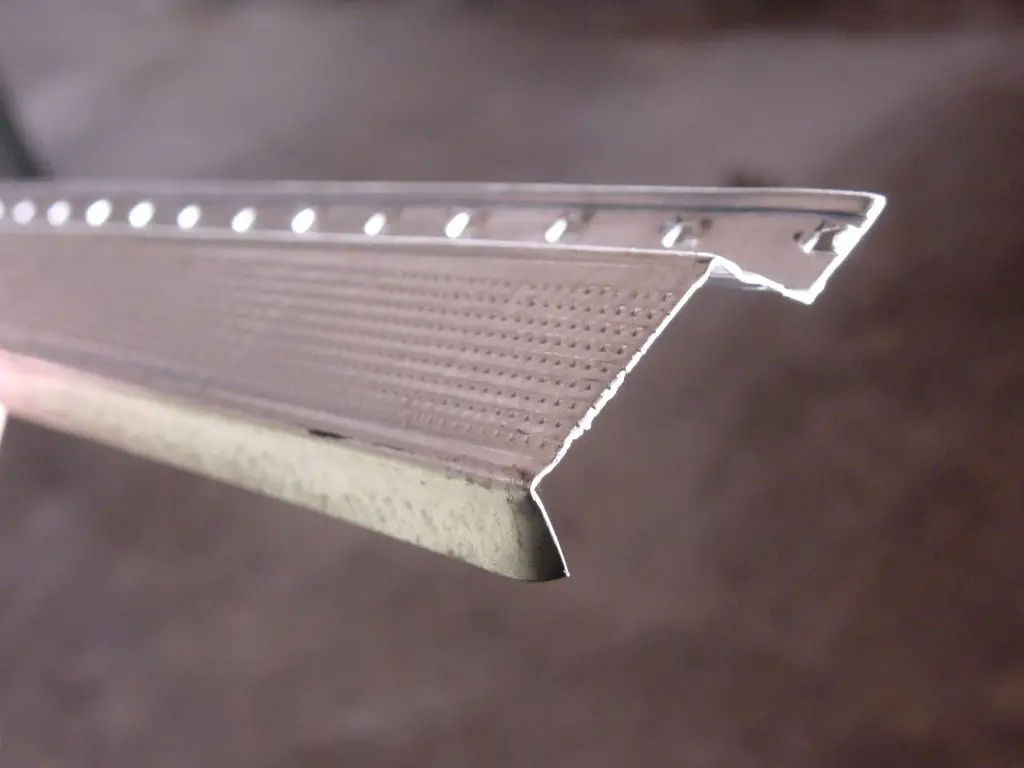Q: How can I soundproof the suspended ceiling in my basement? My daughter is moving in down there and I’m hoping that fiberglass batts installed above the ceiling tiles will keep the sound down.
A: Effective retrofit soundproofing is never a quick and easy task. I wish it were. Your plan to install fiberglass batts above suspended ceiling tiles sounds like a reasonable one on the surface, but I wouldn’t expect it to do a terrific job. You’ll get slightly better results if you use batts specifically designed for soundproofing, but from the lab results I’ve seen the advantage isn’t huge.
A much better (though more troublesome) option involves replacing the suspended ceiling with drywall anchored to resilient channel. That’s what you see below. Yes, drywalling the ceiling is a lot of trouble but it’s also the start of something that could be highly effective. There are two reasons why. First of all, taped and painted drywall creates a great air barrier. And when it comes to soundproofing, blocking air movement is a big deal. You can have an otherwise very soundproof structure in place, but if a small gap exists somewhere, sound will get through in a big way.

Resilient channel is the other key feature of a sound resistant drywall ceiling. That’s what you see in the photo below of the ceiling in the workshop I built. “Resilient” as it’s called in the trade, is a kind of trough-shaped strip of sheet metal that screws to the bottom edges of floor joists while also supporting drywall. Resilient channel eliminates most of the physical contact between drywall and the floor frame, minimizing the mechanical transmission of sound.

There are other soundproofing options, too. If you’re planning to replace the existing floor covering in parts of your home, consider putting down sheets of sound attenuating rubber before the new flooring gets installed top. This is highly effective at reducing the sound of footsteps up above. The video tutorial below comes from my online course FINISH YOUR BASEMENT THE RIGHT WAY. This course covers all the current best practices for basement finishing, and unlimited consulting access to me as you’re finishing your basement.
 Did you find this article and video useful? Please consider helping me cover costs for creating and publishing content like this. Click the “buy me a coffee” button below and you’ll find a safe, fast and simple way to send a few pennies my way. A big thank you to everyone helping out this way.
Did you find this article and video useful? Please consider helping me cover costs for creating and publishing content like this. Click the “buy me a coffee” button below and you’ll find a safe, fast and simple way to send a few pennies my way. A big thank you to everyone helping out this way.


